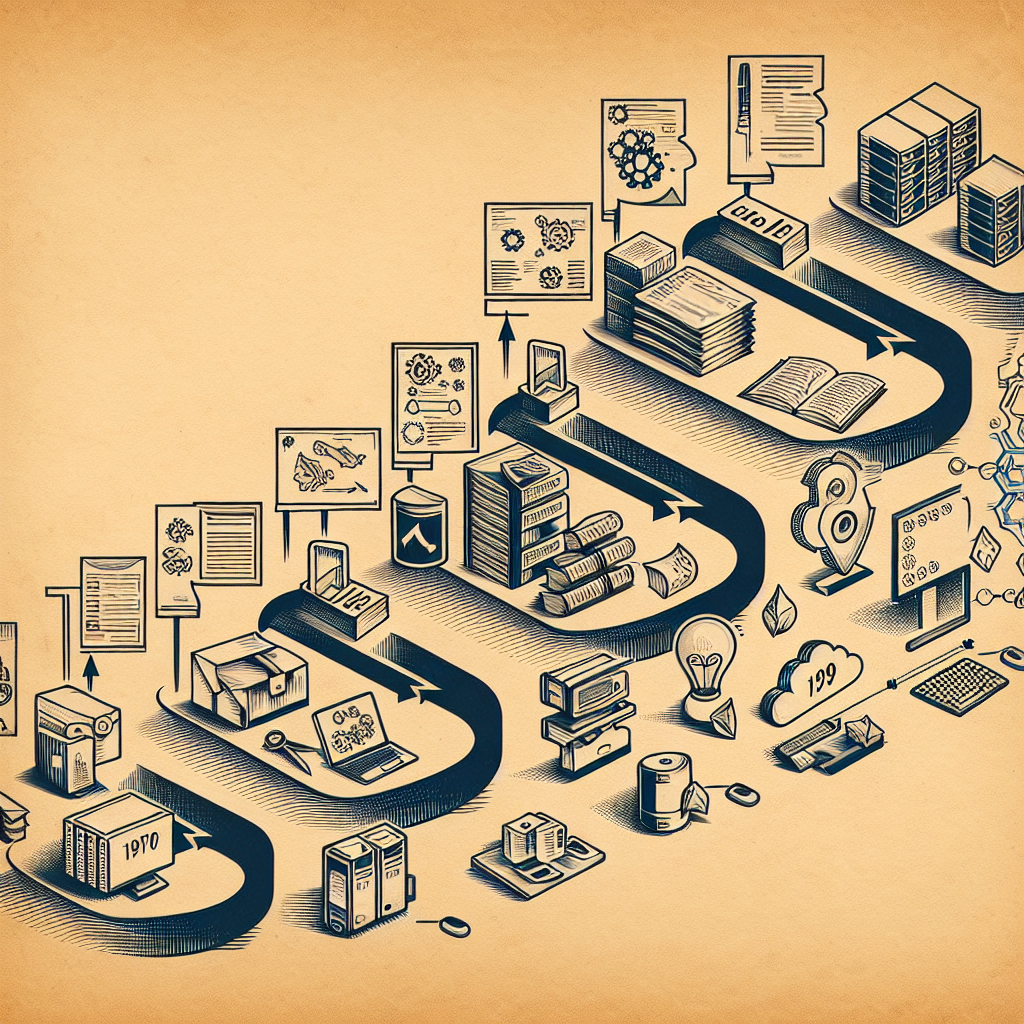The Evolution of Data Center Documentation: Trends and Technologies
Data center documentation has always been a critical aspect of managing and maintaining data centers. As data centers have evolved over the years, so too has the way in which they are documented. In this article, we will explore the trends and technologies that have shaped the evolution of data center documentation.
In the early days of data centers, documentation was often done manually, with technicians keeping track of equipment and configurations in physical notebooks or spreadsheets. This method was prone to errors and was not easily scalable as data centers grew in size and complexity.
As data centers began to adopt more advanced technologies, such as virtualization and cloud computing, the need for more sophisticated documentation tools became apparent. This led to the development of data center infrastructure management (DCIM) software, which helps organizations track and manage their data center assets, power usage, and cooling systems.
DCIM software allows data center managers to create detailed diagrams of their infrastructure, track changes in real-time, and generate reports on key performance metrics. This level of visibility and control has become essential for organizations looking to optimize their data center operations and improve efficiency.
Another trend that has influenced the evolution of data center documentation is the rise of automation and artificial intelligence (AI). These technologies can help streamline the documentation process by automatically discovering and mapping out data center assets, identifying potential issues, and recommending solutions.
For example, AI-powered tools can analyze data center logs and performance data to predict equipment failures before they happen, allowing data center managers to proactively address issues and prevent downtime.
In addition to DCIM software and automation tools, data center documentation is also being influenced by the adoption of new technologies such as Internet of Things (IoT) devices and edge computing. These technologies are creating new challenges for data center managers, who must now track and manage a growing number of connected devices spread across multiple locations.
To address these challenges, data center managers are turning to cloud-based documentation platforms that offer real-time visibility into their entire infrastructure, regardless of where it is located. These platforms enable organizations to centralize their documentation and collaborate with team members in different locations, ensuring that everyone has access to the most up-to-date information.
In conclusion, the evolution of data center documentation has been driven by the increasing complexity of data center environments and the need for greater visibility and control. By leveraging technologies such as DCIM software, automation tools, and cloud-based platforms, organizations can streamline their documentation processes, improve operational efficiency, and reduce the risk of downtime. As data centers continue to evolve, it is important for organizations to stay ahead of the curve and adopt the latest trends and technologies in data center documentation.


